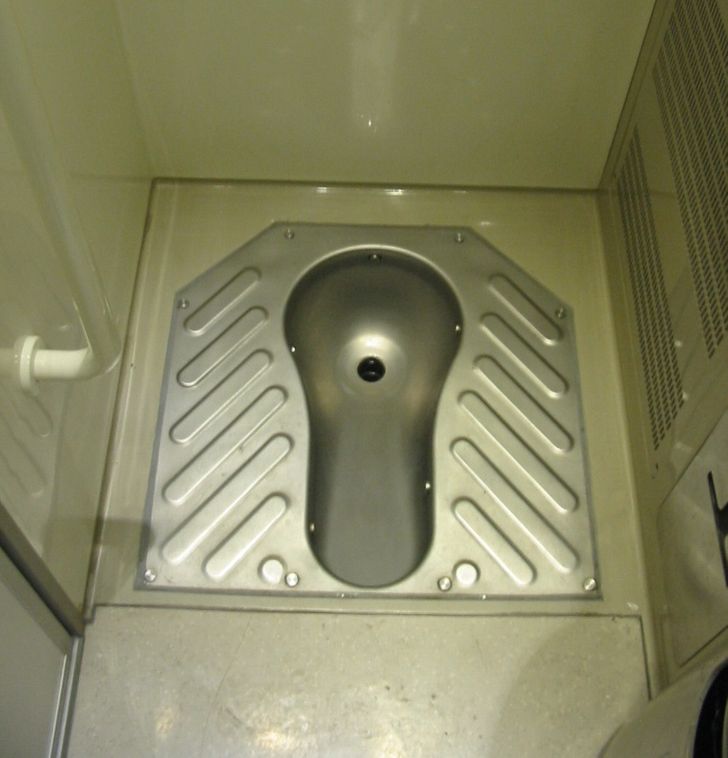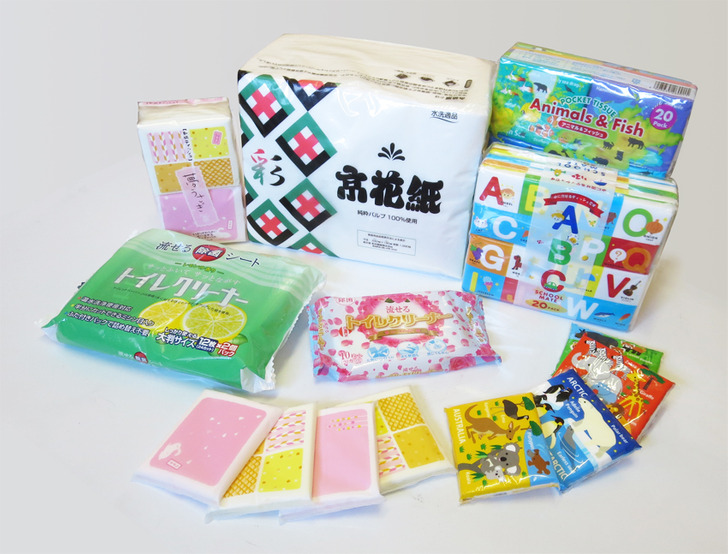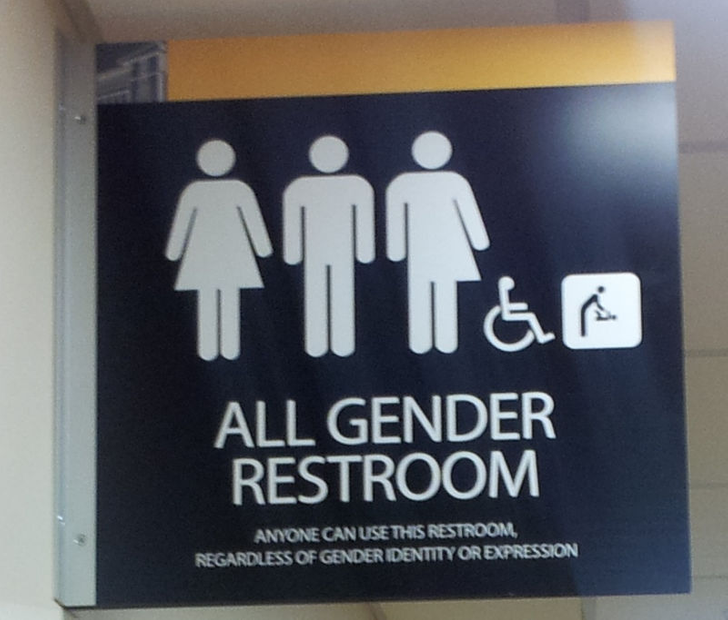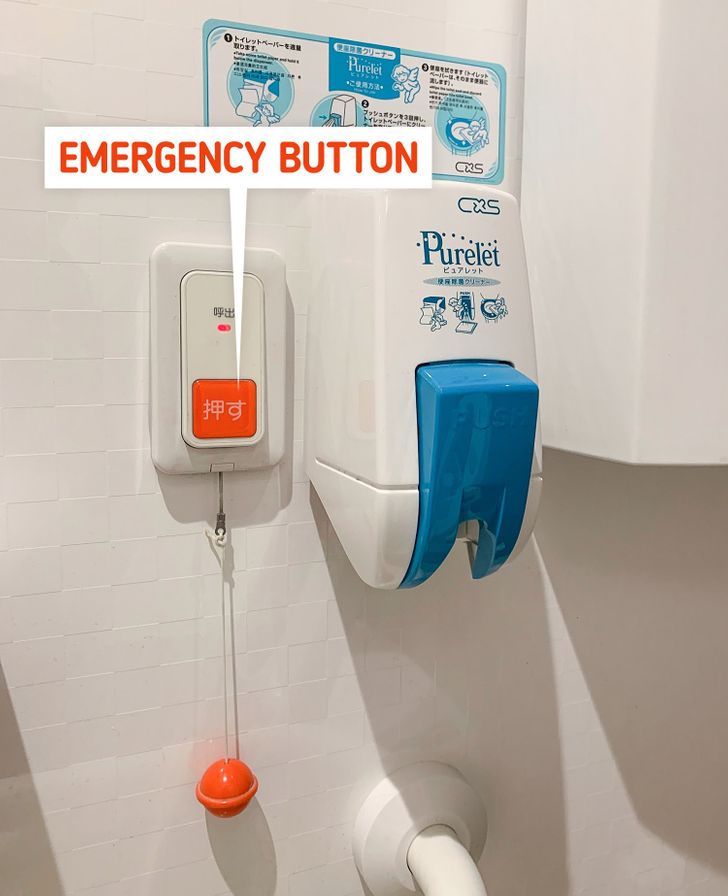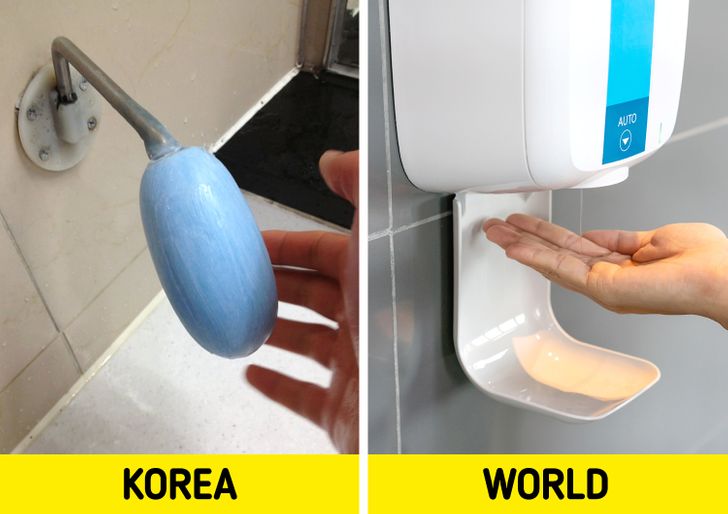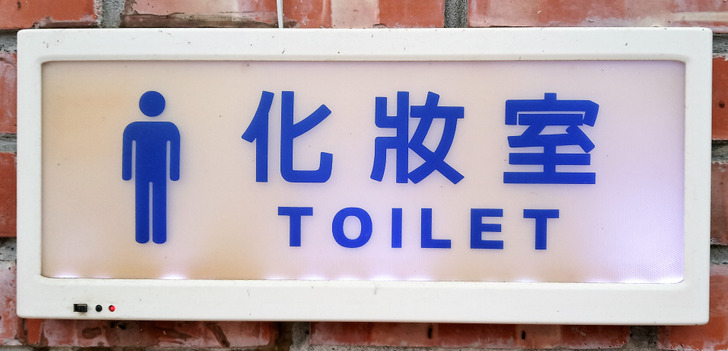Not all true tho
11 Ways Bathroom Etiquettes Are Different in These Countries
Talking about using the bathroom might not be exciting, but like sleeping and eating, it’s something you do every day. While you can control how you handle your bathroom needs at home, it’s not always the case when traveling, especially to other countries.
1. Most toilets in Asian countries can’t handle toilet paper.
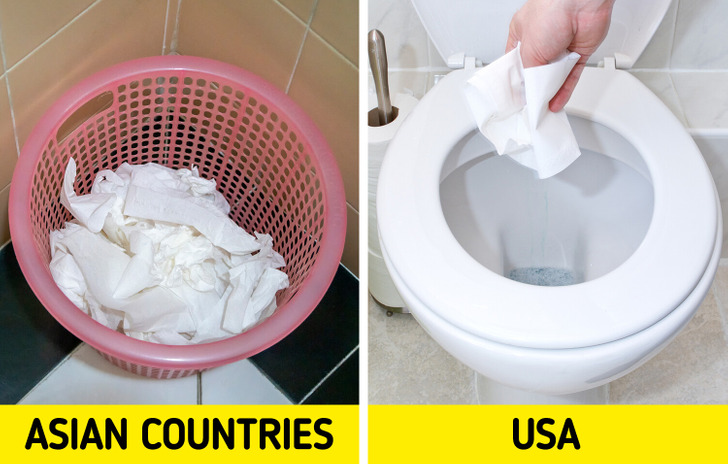
Most toilets in Asian countries weren’t designed to handle toilet paper. Unlike Americans, who can flush toilet paper down the toilet, many Asians use a particular waste bin for disposing of toilet paper.
To determine whether the toilet can handle toilet paper or not, you should look for a waste bin in the bathroom. Another way is to pay attention to signs about toilet paper usage in the bathroom area.
2. Many places in China still have squat toilets.
3. People in Antarctica use portable toilets.
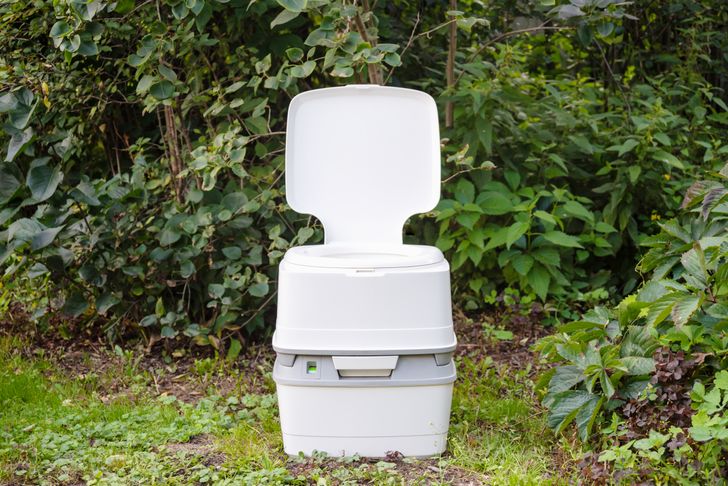
Travelers share that there are special tents for the toilets in Antarctica. You may find a special toilet to pee and poo. The poo toilets are portable and can wrap and seal your waste in a plastic bag.
These special portable Japanese toilets are pretty interesting, after finishing your business “you need to push a button to seal the bag. It takes 2 minutes to finish the sealing process.” Then you deposit your poo bag in the garbage.
4. There is a system called Sound Princess in Japan.

Some Japanese women can get embarrassed that they can be heard by others while being in the toilet. To reduce this stress and cover the sound, engineers created a device that produces the sound of flushing water without the need for actual flushing, so there is no water waste.
5. You might want to bring your own tissue to the toilet in these countries.
In numerous countries, such as China or Korea, carrying toilet paper is prevalent. This is often advisable due to the possibility of public restrooms not being adequately supplied. Having a compact pack is a wise precaution, ensuring you’re well-prepared for any situation.
6. Toilets in Cambodia have a hose spray.
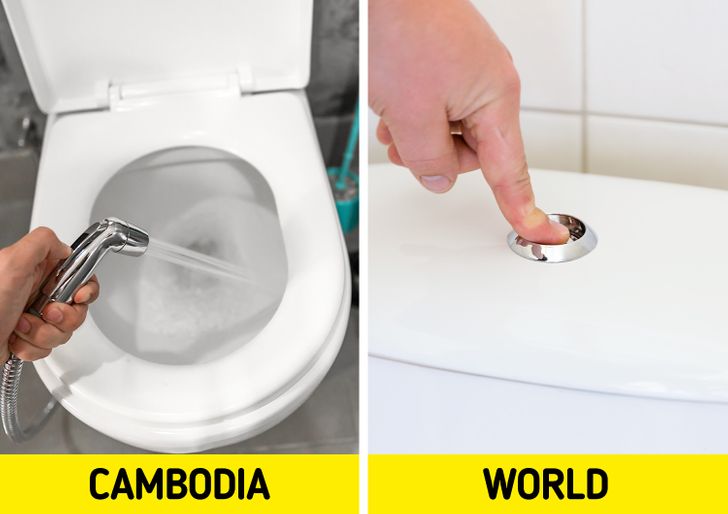
Cambodian toilets have several features. First, a public restroom is a rare thing. Second, you must throw used toilet paper in a basket because many sewage systems can’t handle toilet paper. Third, they have a hose spray in the bathroom used for washing oneself and hosing down the loo.
7. All-gender toilets are available in the USA, Canada, Japan, and Thailand.
These public toilets are created for a wide range of people with or without special needs, including people with disabilities, the elderly, and transgender people. It’s also very useful for parents who need to help their child with using the toilet.
8. Public toilets in Japan might have an emergency button.
Some public toilets in Japan have a very useful feature — an emergency button. Sometimes foreigners confuse it with a flush button. It sends an alarm to security to check on the stall. It’s an especially good device for the elder population who may need some help.
9. They use the left hand for the toilet and the right hand for food in Indonesia.
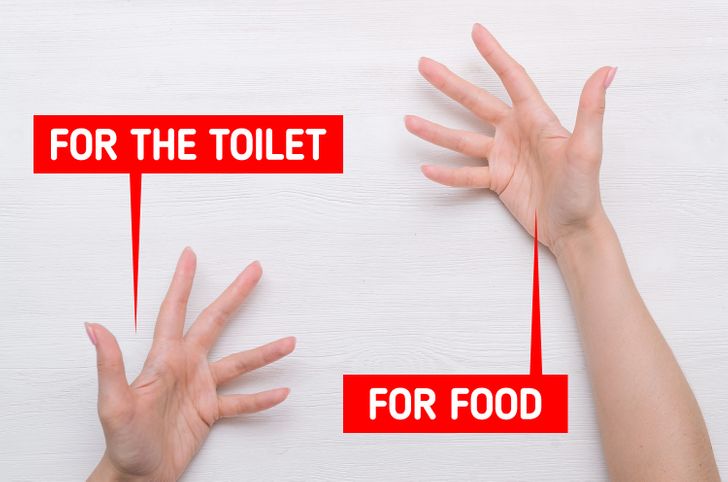
10. You can find special soap in public toilets in Korea.
We’ve already gotten used to seeing soap dispensers in public toilets, but people who have traveled to Korea saw one thing that is unique there. Bloggers notice that you are in general lucky to find soap in a bathroom, but mostly it’s a bar of soap that is attached to a pole and you need to rub it to be able to clean your hands.
11. Know basic local language for ’toilet’ when visiting other countries.
Nature’s call waits for no language barriers. Prioritize getting acquainted with the local lingo for inquiring about the restroom. In European destinations like France, Germany, and the Netherlands, you’d request the “water closet” or “toilette.” Down under in Australia, it’s referred to as a “dunny.” Cross the pond to the U.K. and you’ll be searching for the “loo.” Venture to Japan and you’ll be on the lookout for the “ben-jo.”
Certain norms that might seem run-of-the-mill in your homeland can actually raise eyebrows elsewhere. That’s why it’s crucial to arm yourself with such insights before jetting off to unfamiliar territories.
Comments
Related Reads
10 Celebrities Who’ve Suddenly Changed Their Look, and Some Are Too Hard to Recognize

14 Timely Photos That Are More Puzzling Than a Rubik’s Cube

Why Most Asian People Don’t Need to Use Deodorant

What Children of the Most Beautiful Women of Today Look Like (Heidi Klum’s Daughter Is Charming)

9 Body Features That Women of the 21st Century Should Stop Feeling Insecure About

A Girl With a Rare Condition Has the Perfect Response to Online Trolls Telling Her She Should Remove Her Arm

10 Real Stories That Feel Like a Tightrope Walk

My MIL Called My Son a “Lottery Ticket,” but I Got the Last Laugh

14 Strangers Who Did Something That Can’t Be Forgotten
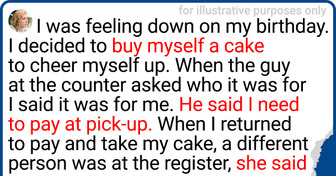
12 Stories of Strangers Whose Actions Left a Lasting Mark
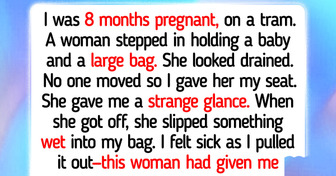
My Husband Unconsciously Called Me Another Woman’s Name — I Was Utterly Shocked to Discover Who It Was

I’m Sick and Tired of My Husband Never Doing the Dishes, So I Took a Drastic Measure

